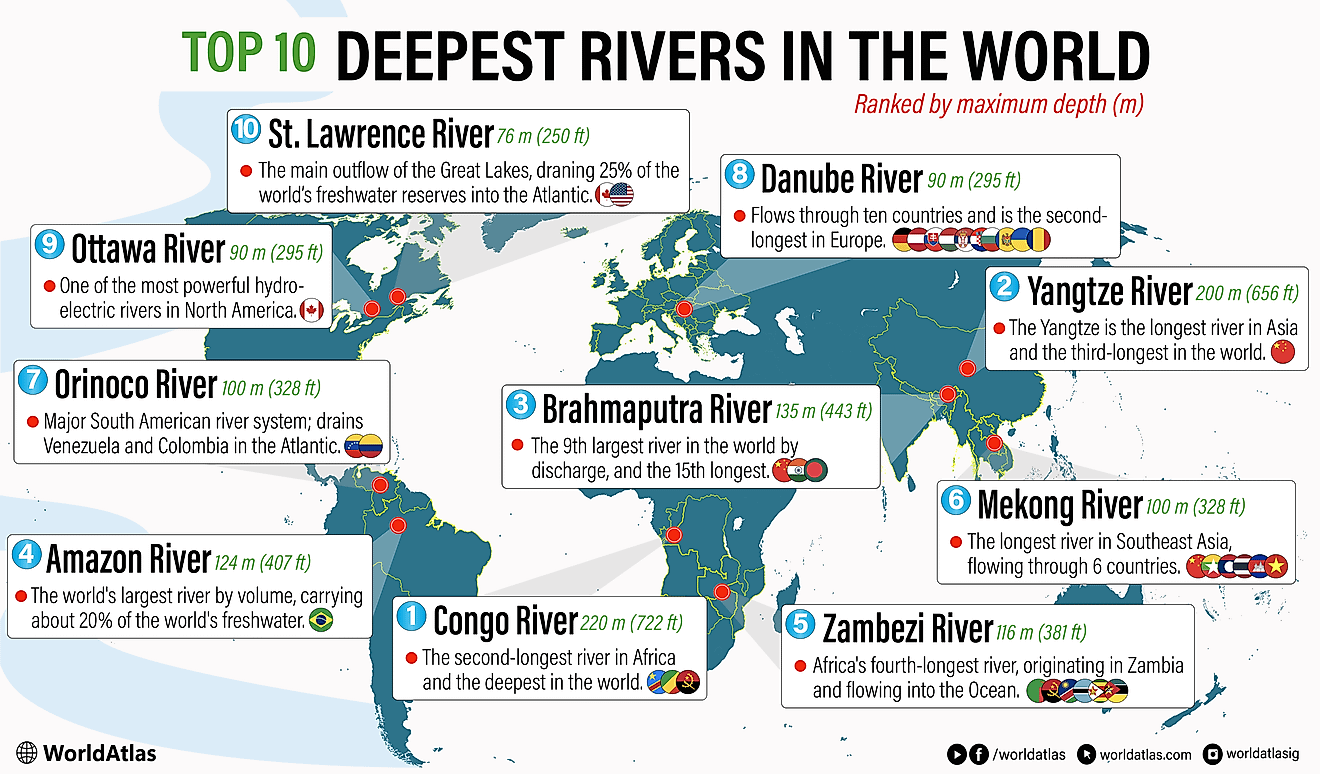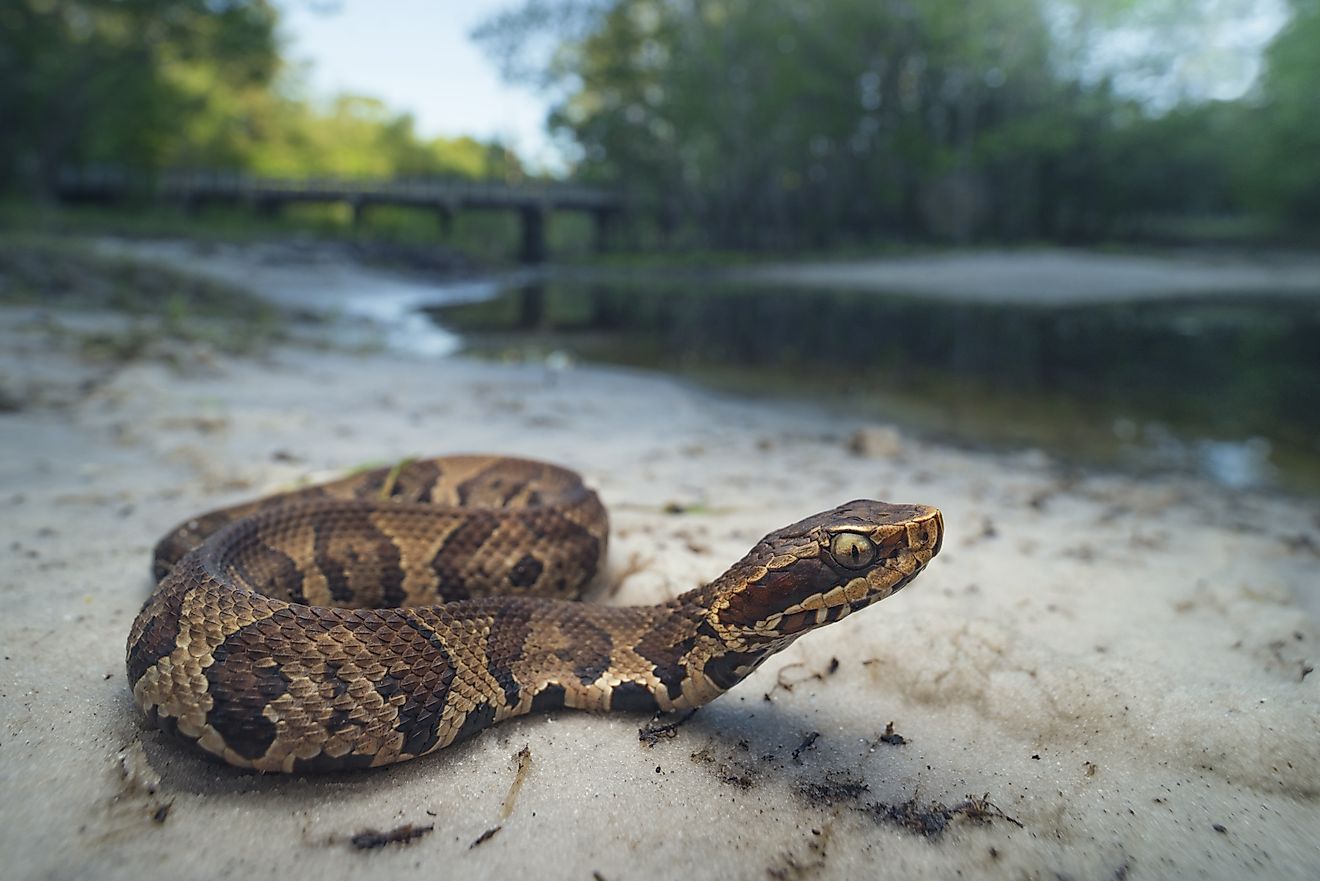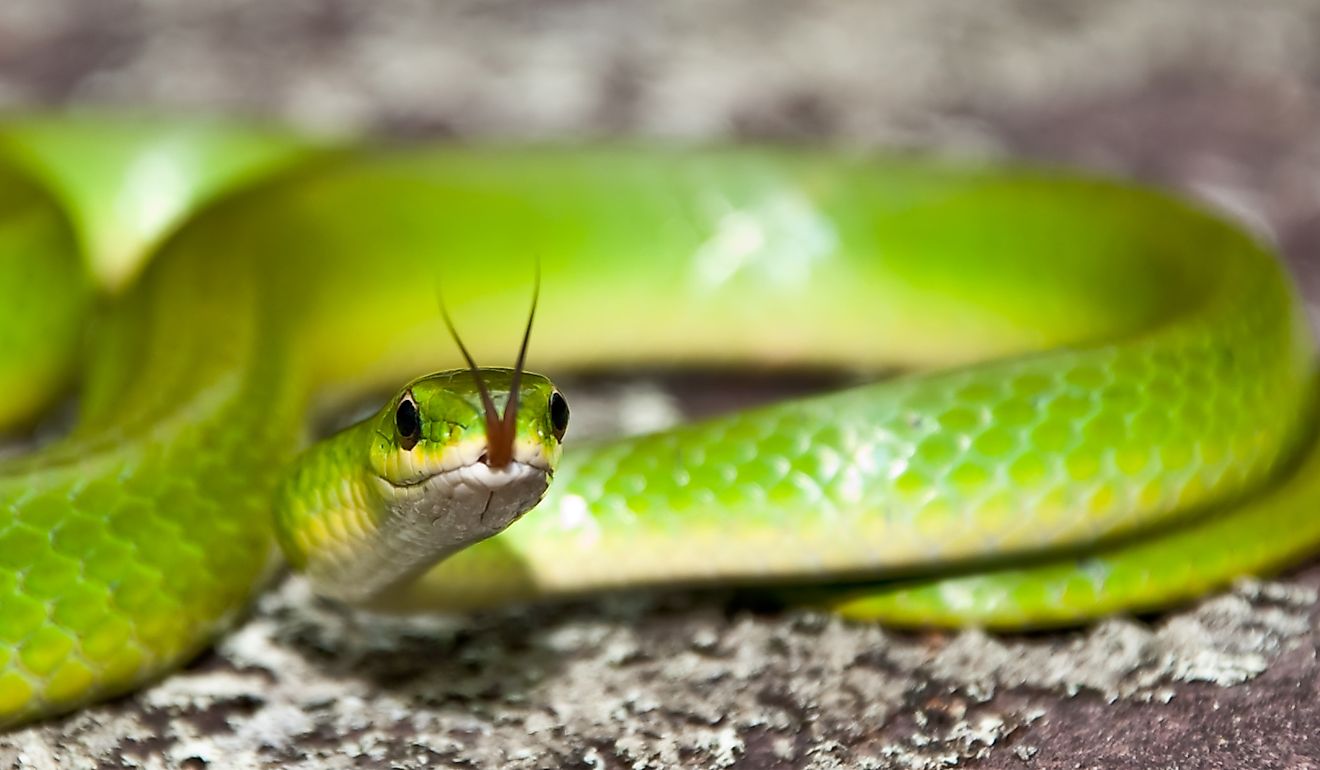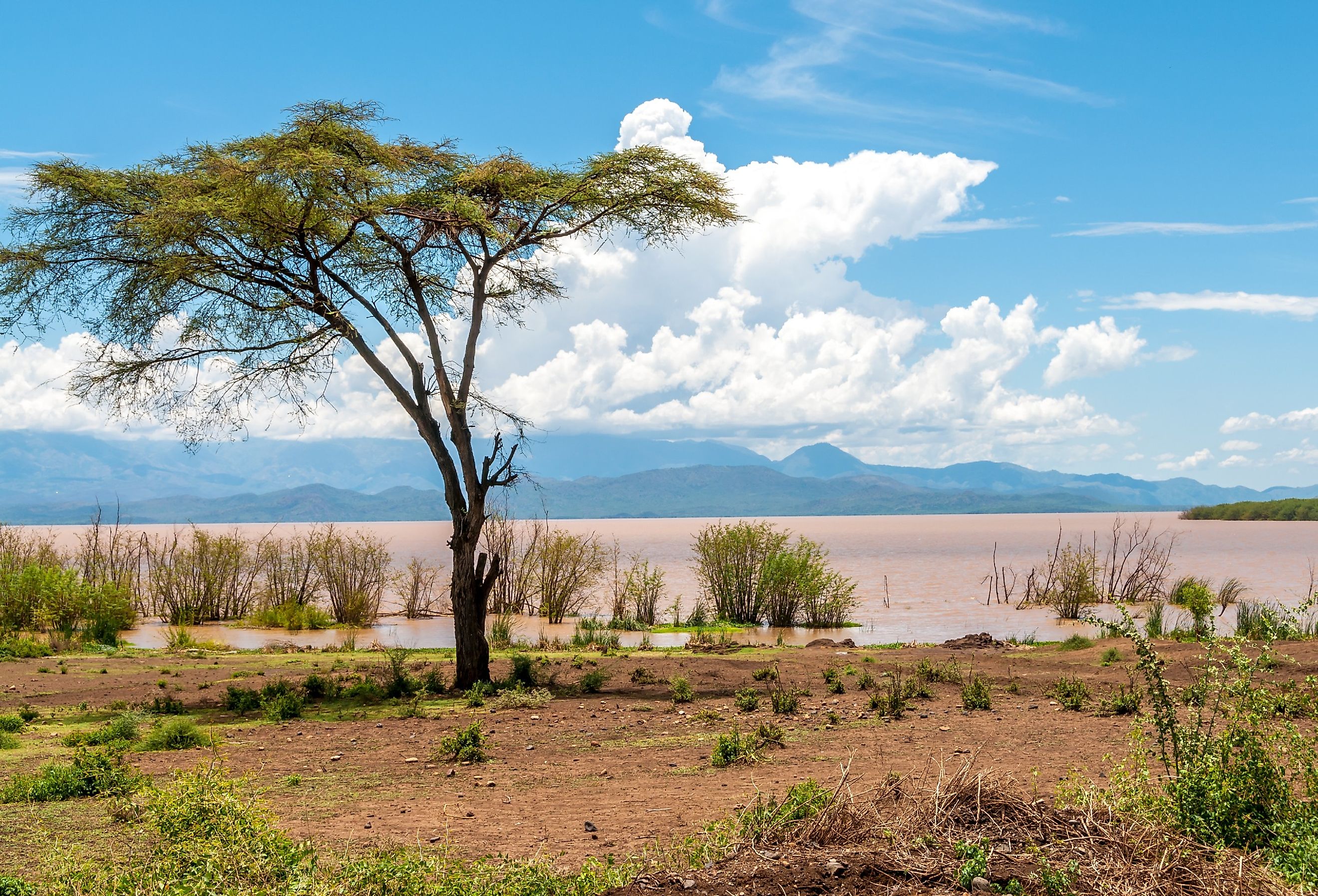
Lake Abaya
Ethiopia is a country with more than a dozen lakes. One of the biggest lakes in the country is Lake Abaya. The lake is in the Main Ethiopian Rift and has three rivers running into it from the mountains. There are a few islands and fish in Lake Abaya and plenty of crocodiles. The waters of Lake Abaya stay relatively warm all year round, allowing for year-round recreation opportunities.
Geography
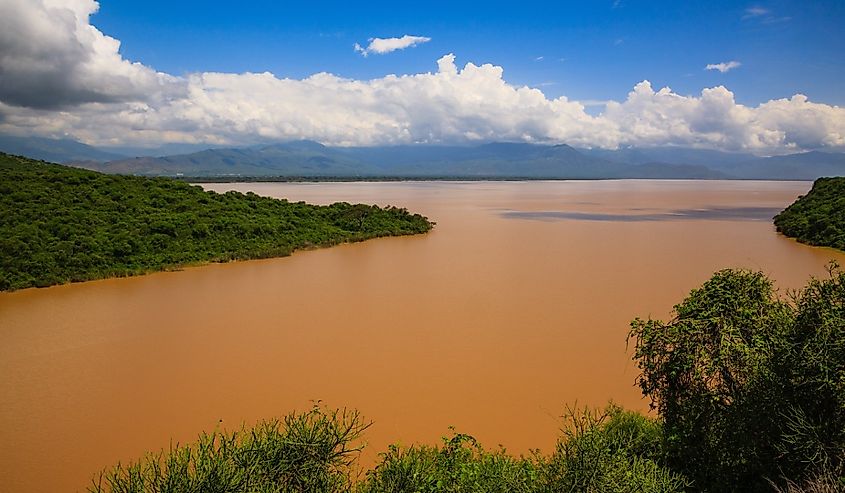
Lake Abaya is one of the largest lakes in Ethiopia. It is second largest to Lake Tana, which is the biggest lake in Ethiopia. Lake Abaya is a freshwater lake that sits at an elevation of 3,855 feet in the Main Ethiopian Rift, just east of the Guge Mountains. The lake is 37 miles long and 12 miles wide, with a surface area of 449 square miles. The deepest point in the lake is 43 feet.
There are three rivers that feed into the lake: Bilate, Gidabo, and Gelana river. Both Bilate and Gidabo run southwards to drain into Lake Abaya. Bilate rises from Mount Gurage and drains into Lake Abaya's north shore, while Gidabo rises from the Bale Mountains and drains into Lake Abaya's northeastern tip. The Gelena River rises at the western escarpment and flows northwards, draining into the eastern side of the lake.
Nearby Landmarks
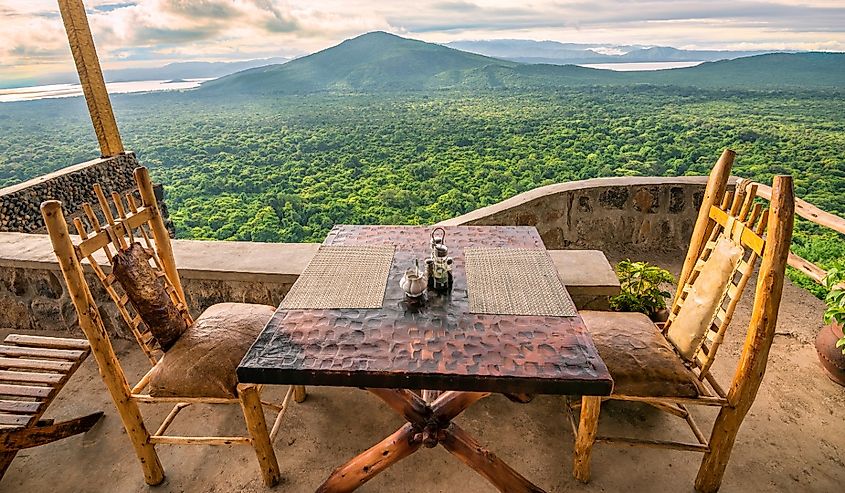
Just south of Lake Abaya is another lake, Lake Chamo. The Bridge of God separates Lake Abaya from Lake Chamo. There are also many islands in Lake Abaya, including Gidicho, Welege, Galmaka, and Alkali. The largest island in the lake is Aruro. At the southwestern shore of Lake Abaya is the town of Arba Minch.
The town gets its name from the 40 springs it contains. It is the largest in the Gamo Zone. The town is where you can find the Bridge of God that separates Lake Abaya and Lake Chamo. The lakes in the area have many crocodiles, and the town has taken advantage of this opportunity by having a crocodile market.
Climate
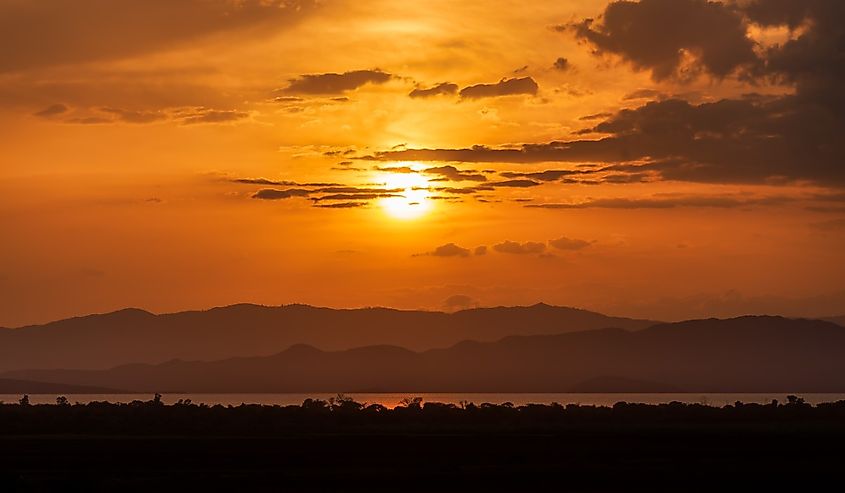
Across Ethiopia, the weather varies largely based on altitude. In areas of low altitude, Ethiopia is torrid and arid. By contrast, at higher altitudes, Ethiopia can be quite rainy and cold. Although it is slightly north of the Equator, Ethiopia is close enough to the Equator that it experiences little temperature fluctuation throughout the year. Lake Abaya's location in the Great Rift Valley makes the lake subject to strong winds that cause water waves.
With minimal variances in temperatures throughout the year, the water temperature in Lake Abaya stays relatively the same throughout the year. The warmest day in Lake Abaya ever recorded was 75.5 degrees Fahrenheit (24.2 degrees Celsius) in 2017. The water in Lake Abaya is a temperature comfortable enough to swim in all year round. In the wintertime, the average temperature in the lake reaches 75 degrees Fahrenheit (23.9 degrees Celsius). The lake's climate also has an impact on its ecology and food web.
Ecology
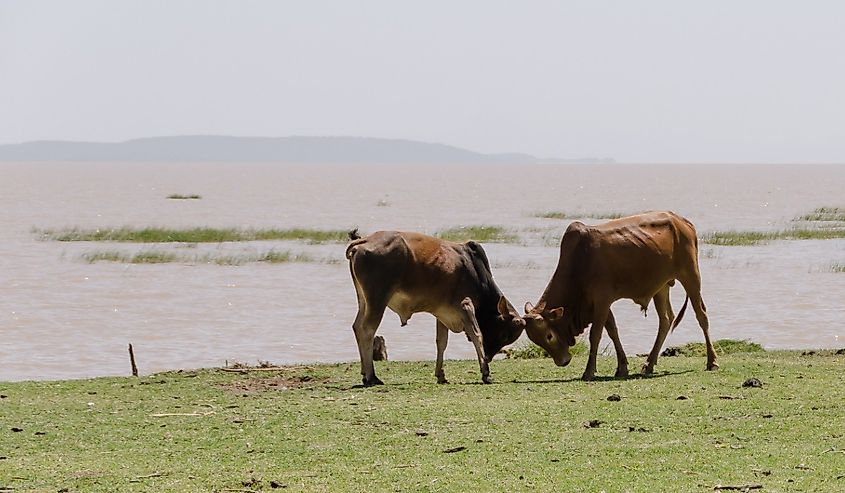
The environment surrounding Lake Abaya is a Savannah. There are lots of birds and wildlife around the lake. Loka Abaya National Park is in the lowlands of Lake Abaya. It is the only national park in the Sidama Region and is well known for its wildlife. Some commonly seen wildlife at the park are African wild dogs, buffalo, and lion species.
The lake doesn't have very many fish. This is because of the heavy suspension of iron present in the lake. The iron in the lake is what gives the water a reddish-brown color. Depending on the depth of the lake, the number of fish present also changes. Heavy winds and rough conditions in the water cause fish to move deeper into the lake.
There are lots of crocodiles in the lake. The lack of fish in the lake causes the alligators in Lake Abaya to be reportedly more aggressive towards humans and other animals.
Conclusion
Lake Abaya is a beautiful place to visit. Surrounded by Savanah and other lakes, there is lots of natural beauty to see around the lake. The warm waters make the lake a perfect destination for swimming year-round. However, the crocodiles in the water might deter even the bravest soul from taking an afternoon swim in the lake.









